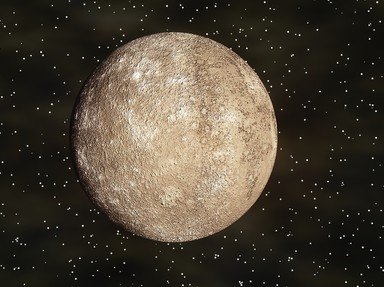The NaMaPoJo GoGo Quiz Pros are relying on me to (quickly) explore the wonders of Mercury, which will no doubt be an 'amazing' race for me. Will you join me on this 'astronomical' adventure, as I learn all about the planet Mercury? If so, let's hop to it
Average, 10 Qns, poshprice,
Dec 01 13





 Quick Question
Quick Question = Top 5% Rated Quiz,
= Top 5% Rated Quiz,
 Top 10% Rated Quiz,
Top 10% Rated Quiz,